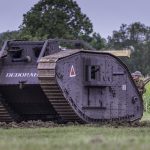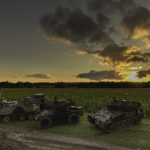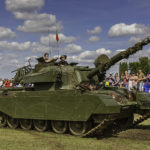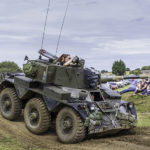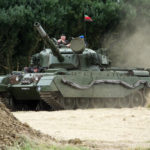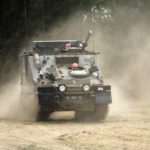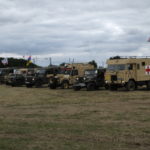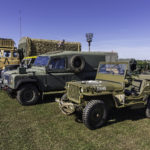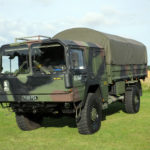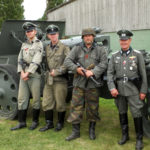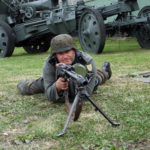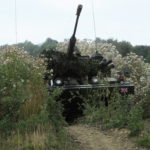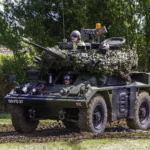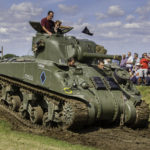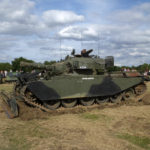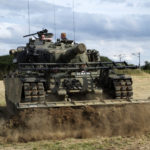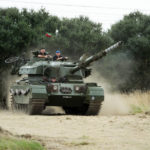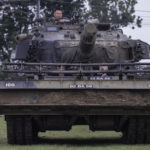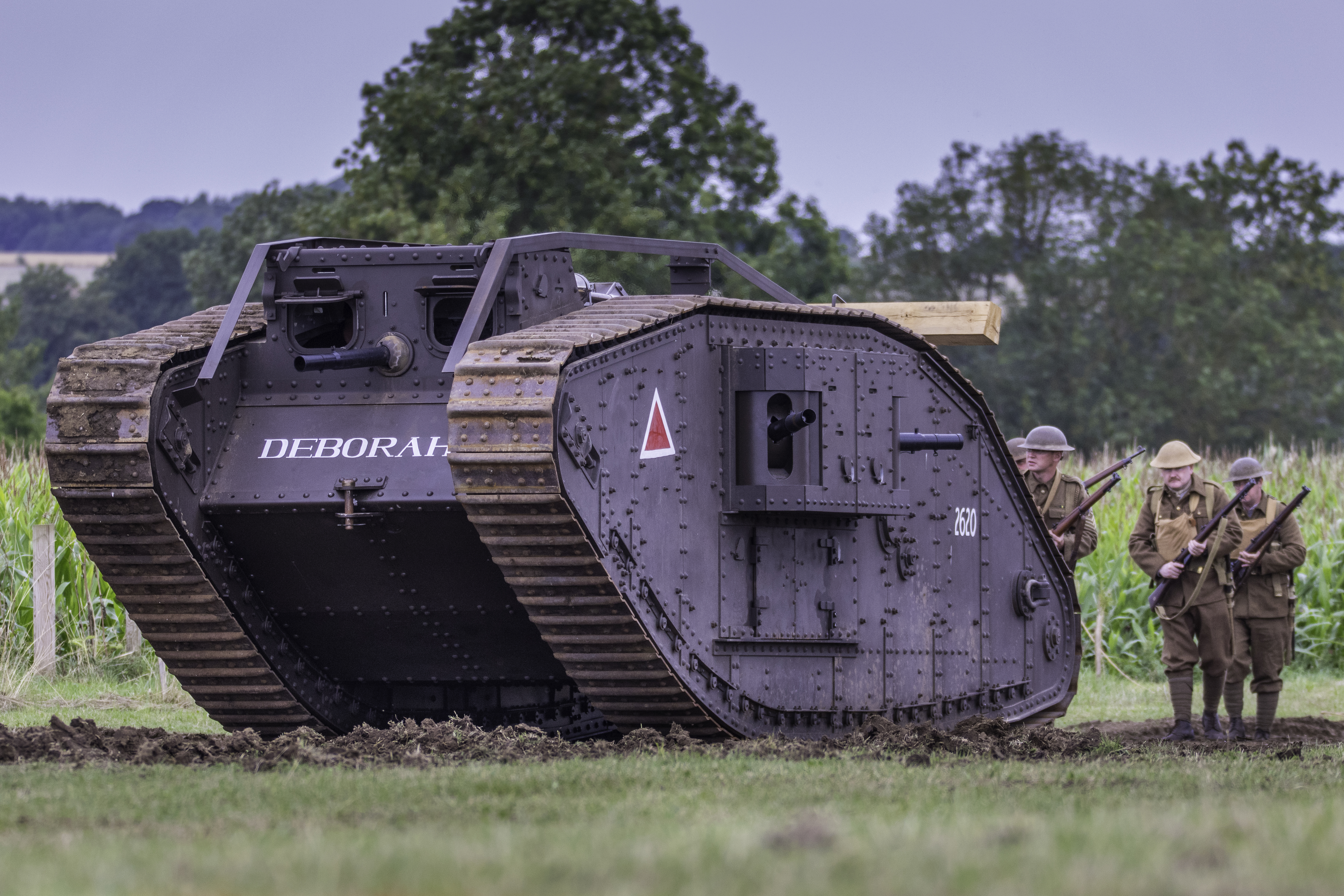Lewis automatic machine gun
The Lewis automatic machine gun was invented by U.S. Army colonel Isaac Newton Lewis in 1911 after rejection from the United Stated Army, Isaac moved to Belgium in 1913 where he established the Armes Automatique Lewis company in Liège. to facilitate commercial production of the gun, Lewis had been working closely with British arms manufacturer the Birmingham Small Arms Company Limited (BSA) in an effort to overcome some of the production difficulties of the weapon, in 1914, BSA purchased a licence to manufacture the Lewis machine gun in England, which resulted in Lewis receiving significant royalty payments and becoming very wealthy.
The Lewis Automatic Machine Gun is a Gas Operated, top loaded Magazine fed machine gun, cambered for the British .303 round and a clever air cooled barrel, the muzzle blast draws cool air in through aluminium shroud and thus cooling the barrel, the Drum magazine can hold either 47 or 97 rounds and is rotated by a cam action from the movement of the bolt

The Lewis automatic machine gun was manufacture by Birmingham Small arms chambered for .303 and by Savage Arms during the first world war in .30-06 with small differences to accommodate the different size rounds. The Lewis Gun is gas operated tapping off a small portion of the hot expanding gasses at the front of the barrel to force the piston backwards against a spring, the piston carries a vertical post at the rear with a fixed firing pin which protrudes through the front of the bolt, the bolt rotates through a helical cam track in the bolt, rotating the bolt nearest the breech, This allowed the three locking lugs at the rear of the bolt to engage in recesses in the gun’s body to lock it into place during firing. The magazine is rotated by a cam on top of the bolt and pawl mechanism via a lever which allows the magazine to rotate in one direction only the pan magazine is unusual as the bullets are stacked noise inwards.
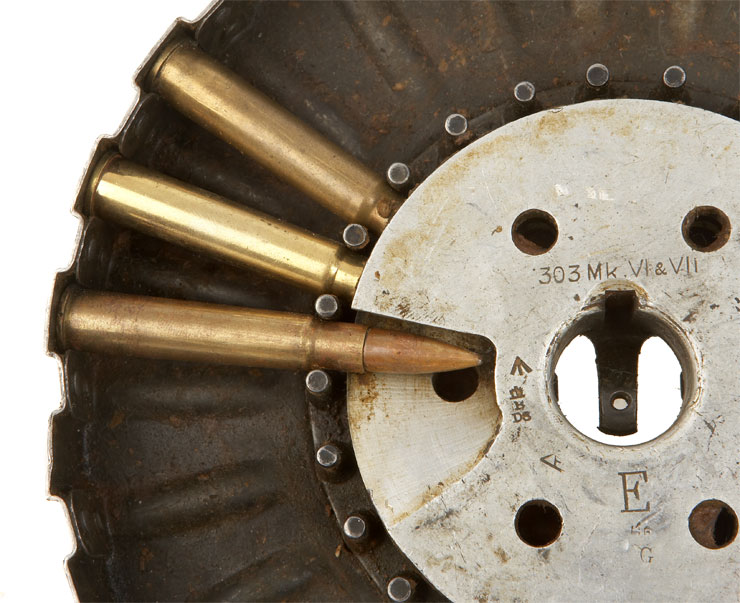
The Lewis gun suffered from over heating if the cooling jacket got damaged or debris blocked the air flow, other stoppages were often caused by damaged magazines. The female Mk IV tank carried five Lewis machines guns. The Lewis gun has the distinction of being the first machine gun fired from an aero plane on 7 June 1912.
The cyclic rate of Lewis Machine gun was about 500–600 rounds per minute. The Infantry versions weighed 28 lb (12.7 kg), only about half as much as the Vickers machine gun. An interesting point of the design was that it did not use a traditional helical coiled recoil spring, but used a spiral spring, more like a large clock spring, in a semicircular housing just in front of the trigger. The operating rod had teeth on the underside, which engaged with a cog which wound the spring. When the gun fired, the bolt recoiled and the cog was turned, tightening the spring until the resistance of the spring had reached the recoil force of the bolt assembly. At that moment, as the gas pressure in the breech fell, the spring unwound, turning the cog, which, in turn, wound the operating rod forward for the next round. the recoil spring had an adjustment device to alter the recoil resistance for variations in temperature and wear.

